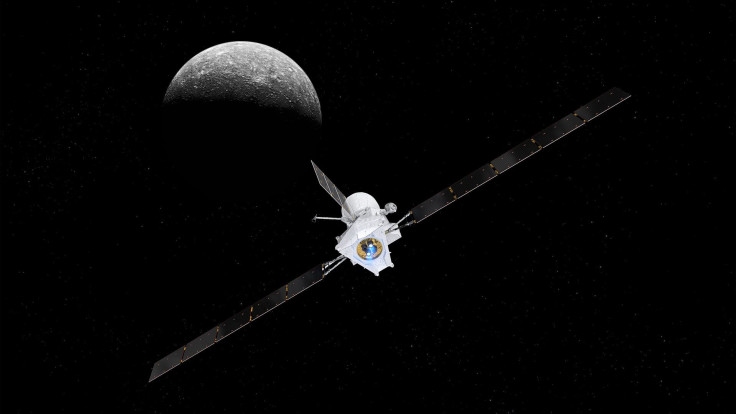ESA To Conduct Near-Earth Flyby With Mercury-Exploring Spacecraft

KEY POINTS
- BepiColombo will fly close to Earth next week
- ESA will use a slingshot maneuver to propel the spacecraft
- ESA decided to continue the operation despite the COVID-19 outbreak
The European Space Agency (ESA) is preparing to execute an Earth-flyby maneuver for its Mercury exploration spacecraft BepiColombo. Although the agency has already implemented restrictions at its facilities due to the COVID-19 outbreak, ESA noted that it is important to push through with the procedure.
BepiColombo was officially launched by the ESA in October 2018 through a partnership with the Japan Aerospace Exploration Agency. The main objective of the mission is to visit Mercury and study the planet from its orbit.
Currently, the spacecraft is orbiting the Sun at the same distance as Earth. On April 10, the mission’s team will direct the spacecraft in order to approach Earth from a distance of only 12,700 kilometers.
Moving close to Earth will allow BepiColombo to use Earth’s gravitational pull in order to slingshot itself towards the center of the Solar System. It will enable the spacecraft to decrease its orbit around the Sun, placing it closer to Mercury.
As noted by the ESA, the spacecraft’s upcoming close approach to Earth will be the last time BepiColombo will be visible from the planet. After the maneuver, the spacecraft will carry on with its deep-space mission.
The ESA decided to carry on with the procedure even after it implemented various protocols and restrictions in its facilities in response to the growing issue of the coronavirus outbreak. Last week, the agency imposed telecommuting operations for its employees in order to prevent the spread of the COVID-19 disease.
Despite the ongoing threat posed by the outbreak, officials at ESA noted that BepiColombo’s flyby could not be postponed. Also, during this maneuver, the spacecraft needs to be regularly monitored to avoid accidents and other issues.
Christoph Steiger, the Deputy Spacecraft Operations Manager for the mission, noted that BepiColombo’s team needs to upload safety commands to the spacecraft in order to guide it through the flyby maneuver.
“During the critical two weeks prior to the closest approach, we need to upload safety commands to prepare the spacecraft for unexpected problems,” he stated. “For example, we need to prepare the transfer module for the 34 minute-long eclipse when its solar panels will not be exposed to sunlight to prevent battery discharge.”
© Copyright IBTimes 2024. All rights reserved.





















